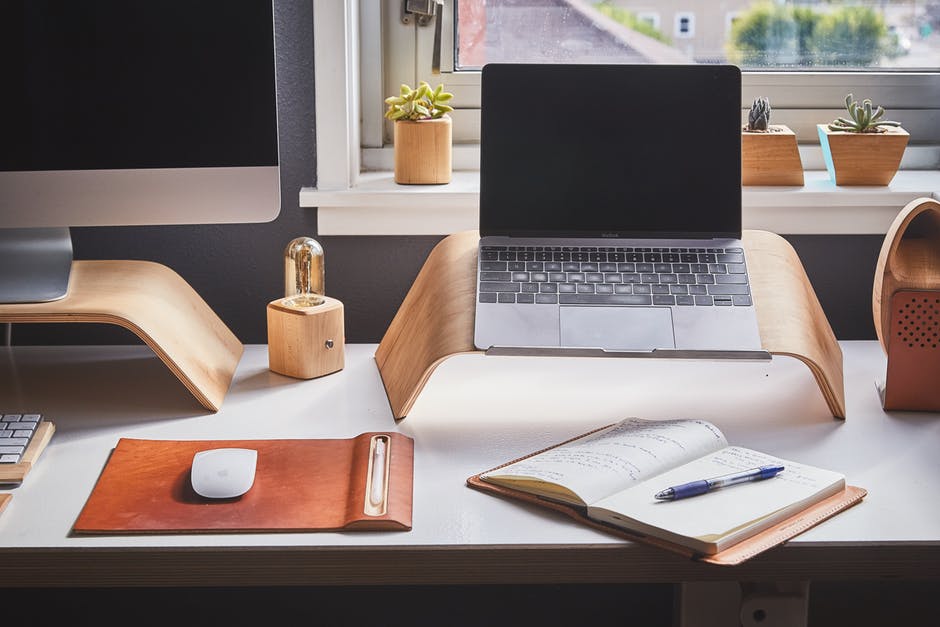Your Ultimate Guide to Home Office Deductions for 2019 Taxes
It’s tax time, which means that it’s time to figure out your business deductions. For many self-employed people and remote workers, the home office deduction is popular.
It’s also among the most misunderstood deductions that trigger IRS audits. You certainly don’t want to be audited for taking this deduction, but using it could save you thousands of dollars.
You have to understand what home office deductions are and how you can qualify to claim it. Read on to find out more!
What Is the Home Office Deduction?
This is a business tax deduction where you can write off a percentage of your home expenses because it’s used for business. You have two options to deduct home office expenses.
The first option is a flat deduction, also known as the simplified method. You can deduct $5 per square foot up to 300 square feet. The maximum deduction allowed is $1500.
The second option is to calculate the square footage of the space you use for business and divide that by the total square footage of your home. For example, assume you have a 2,000 square foot home and your home office is 100 square feet. That’s 5% of your home that’s used for business.
You can deduct 5% of your expenses as a business expense. The exact expenses that are eligible for deduction will be covered below.
This puts more of a burden on you to get your calculations correct and maintain accurate records for all of the home office expenses that you are deducting.
Who Qualifies for Home Office Tax Deductions?
The home office deduction sounds great, doesn’t it? If you work from home for yourself or an employer, you used to be able to claim the deduction.
The vast majority of the time, self-employed people would take the deduction. There were few taxpayers who worked from home that could claim the deduction.
Employees would have to work from home because it was convenient for the employer. In other words, if an employer used remote workers to cut down on overhead costs or better serve customers, that was allowable under the law.
However, if you wanted to work remotely because you wanted to be more available for your kids or if you occasionally brought work home, that didn’t count.
All of that changed with the passage of the Tax Cuts and Jobs Act. For employees, you could no longer claim home office deductions on your Schedule A form for miscellaneous deductions. With that change, the home office deduction was essentially eliminated for employees.
It’s still alive and well for self-employed people. You could just apply that deduction on your Schedule C form.
What If You Freelance Part-Time?
More people are joining the gig economy or starting a blogging business. If you’re one of them and you still have a full-time job, would you be able to qualify for the home office deduction?
First, you have to show that you have a viable business and not a hobby as a blogger. You also have to withhold your own taxes that you make from blogging and freelance activities.
That being said, you still may be able to qualify for the home office deduction. There are a lot of gray areas here, and it’s best to check with an accountant to see what you qualify for.
How Do You Qualify for the Home Office Deduction?
This is where most small business owners and freelancers make the mistake around taking the home office deduction. They assume that they’re in business for themselves, so they can automatically take the deduction.
You have to pass the IRS test to qualify for the deduction. The first test is the exclusive use deduction. The part of your home that you’re deducting has to be used exclusively for business.
This is usually a separate room in your home, such as a spare bedroom. You can deduct the square footage of that space. That can be your home office, or if you have space dedicated to storing inventory, that counts, too.
The key is that it has to be separate and used exclusively for business. For example, a room that functions as your office during the day and your kids’ playroom in the evening wouldn’t qualify. That room isn’t exclusively used for business.
The second part of the test is that your home is the “principal place of business.” You may be a freelancer who meets clients at coffee shops or their offices, and you do your work from home. That is deductible.
What Expenses Are Deductible?
There are a lot of expenses that you can deduct using the regular method of the home office deduction. You can deduct rent or mortgage payments, utility bills, property taxes, insurance, and any expenses to repair or improve the home office.
Using the example from above, if you have rent and utilities totaling $1200 a month for 5% of the space, you can deduct $60 a month or $720 a year.
Some taxpayers like to include all home expenses when they calculate the home office deduction. You may trigger an office audit where you have to appear at your local IRS office to prove that the deductions are accurate. You can learn more about that here.
Lower Your Taxes with Home Office Deductions
You may have a tax benefit if you are self-employed and work from home. Home office deductions are a great way to lower your tax bill.
You have to be careful if you plan to take the deduction—otherwise, you’ll trigger an audit. You have to make sure you qualify to take the deduction. You also have to maintain accurate records to prove your deductions are correct.
Do you want more small business and self-employment tips? Visit this site often for more great articles.

